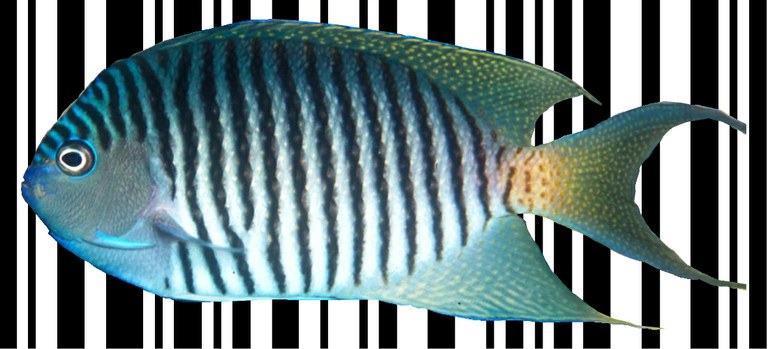-

- Chaetodon xanthurus
While it hasn’t actually been applied (yet) to fish, it has been applied to Zebras.
In case you didn’t know, zebra stripes are unique to each horse. US computer scientists and biologists have exploited this fact and wrote a program that can positively identify an individual zebra from a still photo of the animal. The program is called StripeSpotter and is available for free from the Google Code repository.
The way it works:
Users draw a rectangle around the zebra’s side, then this part of the image is automatically sliced into a number of horizontal bands and each pixel is made fully black or fully white, creating a low-resolution version of the zebra’s stripes.
Each band is then encoded as a StripeString, a sequence of coloured blocks with particular lengths – for example, white for two blocks, black for three, white for one – and the collection of StripeStrings forms a StripeCode, the zebra equivalent of a barcode.
One could imagine that the exact same technique could be applied to fish in the wild that exhibit barcode-like scale patterns like the above Pearlscale Butterfly Fish (Chaetodon xanthurus) or even the Whale Shark (Rhincodon typus). Researchers could monitor individuals to observe their range and their habits. Another application would be within public aquaria – barcoding fish in a large display so that the aquarist staff could monitor each individual fish.
We look forward to learning if and how this might be applied in the future for our fishy friends.
(via New Scientist)










0 Comments